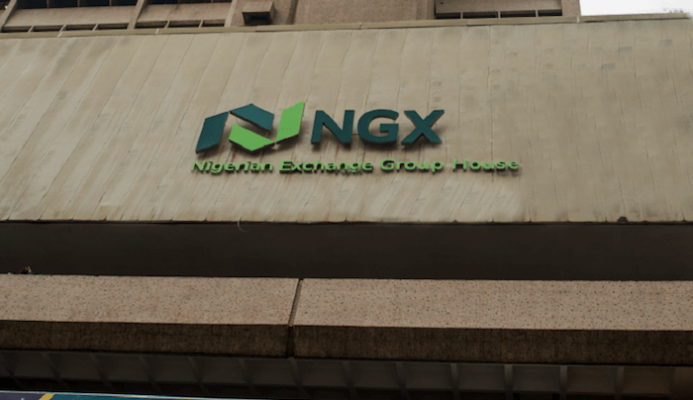Oil traded near the highest level in more than two years after a pipeline explosion curbed production in OPEC member Libya.
West Texas Intermediate futures were little changed in New York, having climbed above $60 a barrel on Tuesday for the first time since 2015. The pipeline, which carries crude to Libya’s biggest export terminal, is said to need about a week for repairs. The Forties pipeline in the U.K., one of the world’s most important, is nearing a return to full service following an unexpected shutdown earlier this month.
Oil is heading for a second yearly advance as the Organization of Petroleum Exporting Countries and its partners including Russia extended supply curbs through the end of 2018 with the aim of draining a global glut. The disruption in Libya has pushed the nation’s output below the cap of about 1 million barrels a day it agreed with the group last month, offsetting the return of flows through the U.K. North Sea link.
OPEC’s “target of bringing global inventories back to their five-year average can be considered as soon-to-be-achieved,” said analysts led by Michael dei Michei at JBC Energy GmbH in Vienna.
West Texas Intermediate for February delivery was at $59.65 a barrel on the New York Mercantile Exchange, up 1 cent, at 1:37 p.m. in London. Total volume traded was about 47 percent below the 100-day average. The contract dropped 33 cents to $59.64 Wednesday.
Brent for February settlement, which expires Thursday, slid 2 cents to $66.42 a barrel on the London-based ICE Futures Europe exchange after falling 0.9 percent Wednesday. The global benchmark crude traded at a premium of $6.79 to WTI. The more-active March contract was little changed at $65.97.
Libya’s production dropped to 950,000 barrels a day on Wednesday, a person directly involved in the matter said. Output was 1.08 million barrels a day as of Dec. 18, indicating a decline of 12 percent. Loadings at Es Sider port are said to be down about 50 percent. The port was scheduled to ship 13 cargoes this month, each carrying 600,000 barrels of crude, according to a loading plan obtained by Bloomberg.
U.S. crude stockpiles dropped 5.96 million barrels last week, the American Petroleum Institute was said to report. Government data is also forecast to show inventories declined.
Oil stockpiles probably contracted by 3.75 million barrels last week, according to the median estimate of analysts in a Bloomberg survey before the release of Energy Information Administration data Thursday. Gasoline stocks rose by 3.13 million barrels last week, according to the API.








